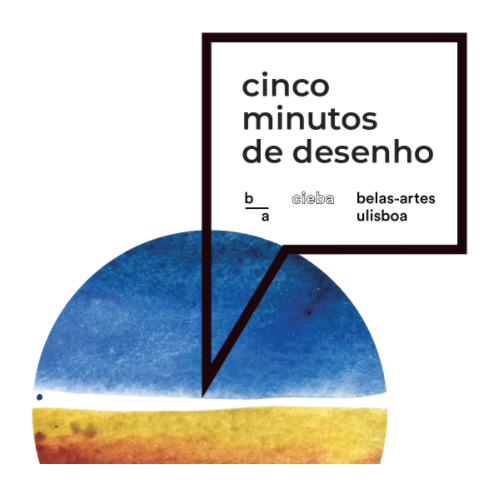From nowhere to nowhere.
“[A] queer phenomenology would function as a disorientation device; it would not overcome the misalignment of the horizontal and vertical axis, allowing the oblique to open another angle on the world. If queer is also an orientation toward queer, a way to approach what is retreating, then what is queer might slide
between sexual orientation and other kinds of orientation.
Queer would become a matter of how one approaches the object that slips away, a way to inhabit the world at the point at which things fleet.”
I slip, and for a fleeting moment, something comes into view in the crisis of vertigo. The shapes align in my warped perspective, as my body contorts in a dance with the space. This is an environment I hadn’t yet perceived, a strangely familial setting. Something bent, someone reaches out a hand, and between the
dimensions of sculpture and bodies, I find myself at home out of place.
Dis-orientation is the tactical operation of queer phenomenology. In the ardent and lyrical words of Sara Ahmed:“[A] queer phenomenology would function as a disorientation device; it would not overcome the misalignment of the horizontal and
vertical axis, allowing the oblique to open another angle on the world. If queer is also an orientation toward queer, a way to approach what is retreating, then what is queer might slide between sexual orientation and other kinds of orientation.
Queer would become a matter of how one approaches the object that slips away, a way to inhabit the world at the point at which things fleet.”I slip, and for a fleeting moment, something comes into view in the crisis of vertigo. The shapes align in my warped perspective, as my body contorts in a dance with the space. This is an environment I hadn’t yet perceived, a strangely
familial setting. Something bent, someone reaches out a hand, and between the dimensions of sculpture and bodies, I find myself at home out of place.With each iteration of the ‘I’, the tenuous hems of the self begin to fray and unravel, slowly coming undone as it spirals in this semiotic vortex, becoming entangled with the space. I am disoriented, insofar as ‘I’ can be distinguished from the environment.
Before I can find out what am I, I must figure out where am I. The representational frames have collapsed, and the distance that separates me from the world have been ingested by the work—‘subject’ and ‘object’ are obsolete coordinates in this paradigm. Here, shadows become embodied, dimensions warp from the walls (or is it the floors?), gravity balances askew. Each element conspires towards vertigo. But how do you find your
bearings in a whirlpool? In his classification of games, French sociologist Roger Caillois proposes using the term ilinx, Greek for whirlpool, to refer to the genre of play that induces vertigo (ilingos), in “an attempt to momentarily destroy the stability of perception and inflict a kind of voluptuous panic upon an
otherwise lucid mind.” While Caillois’ language is imbued with a shattering violence, it is tempered by the seriousness of play. In the games of vertigo, the frame of reference is dissolved in a moment of ecstatic transport, and we are no longer afforded the cool detachment of observation but are instead plunged into an
environment that displaces us. It is this subtler sense of vertigo that I inhabited in Anna’s work.
This series of interdimensional works by Anna Chan may at first be represented as a constellation of painting-sculptures—planes of black that recoil from the security of mapping—but they might more accurately be experienced as a choreographic environment that displaces its viewer-inhabitants. One does not enter the
space, as entry would imply crossing the threshold of a frame, as much as one loses oneself amidst the installation. There is no privileged position to orientate one’s gaze to organise the entirety of the work in a panoramic totality (no spot here for an Instagram selfie).Conversely, we find ourselves entangled in
each other’s fields, forging partial connections with the works, awkwardly finding ours selves out of place, trying to discover new orientations for dwelling in this uncanny environment. The installation does not immerse us into its world, but instead everts into our environment, assimilating us into its embodied
choreography.
I find myself recalling an early conversation with Anna about Danny the Street, the sentient, teleporting, genderqueer street from the DC Universe, who is on the run from the Bureau of Normalcy. Danny is often described as a flamboyant character who offers a space of refuge for the dispossessed. More than
an anthropomorphic street, Danny proposes a radical thought experiment about the coextensive spatialisation of personality into urban geography and the reciprocal incarnation of a street as a depersonalised character. It is Danny’s queerness—out of place—that promises to disorient the hegemonic strictures of
phenomenology. How might we consider an ethics and an aesthetics of displacement, in order to conjure new
imaginations of environments and our ways of feeling and perceiving our surroundings, in this moment of
vertigo?
ESTE TRABALHO É FINANCIADO POR FUNDOS NACIONAIS ATRAVÉS DA FCT – FUNDAÇÃO PARA A CIÊNCIA E A TECNOLOGIA, I.P., NO ÂMBITO DO PROJETO “UIDB/04042/2020”
